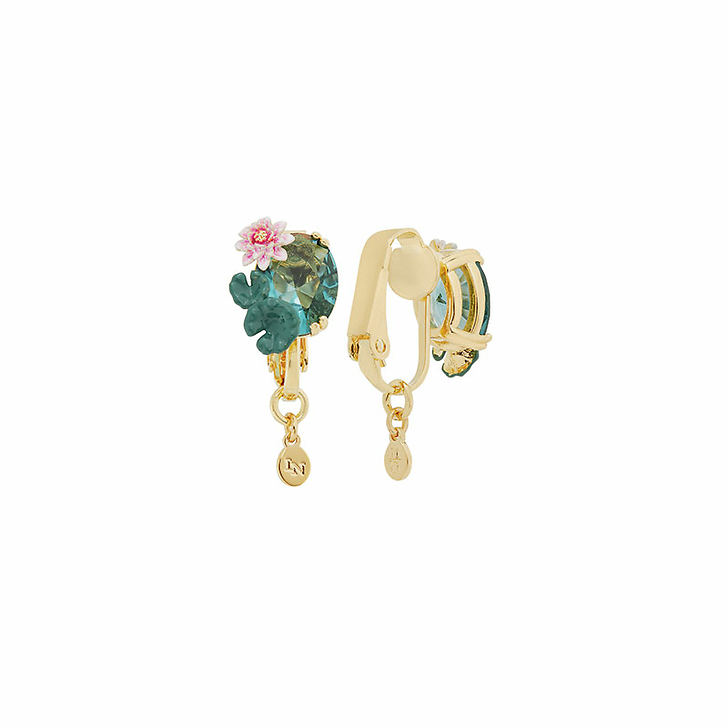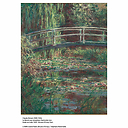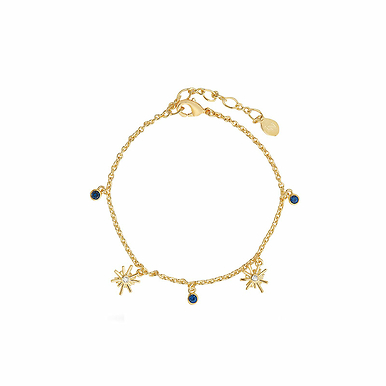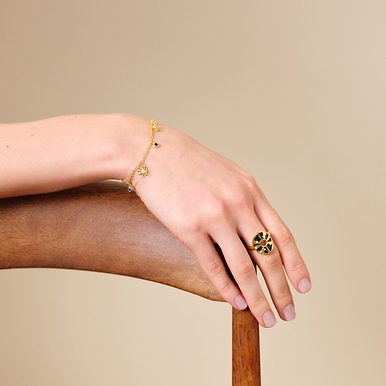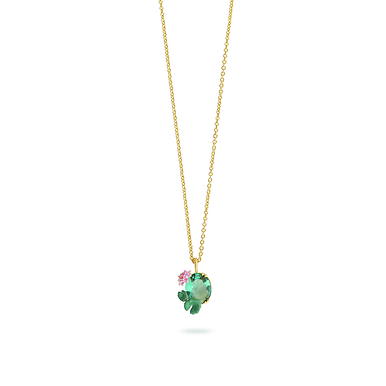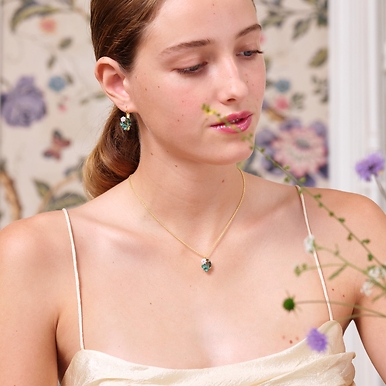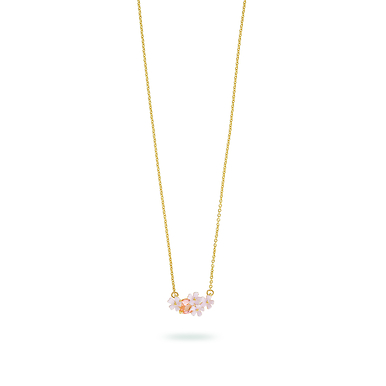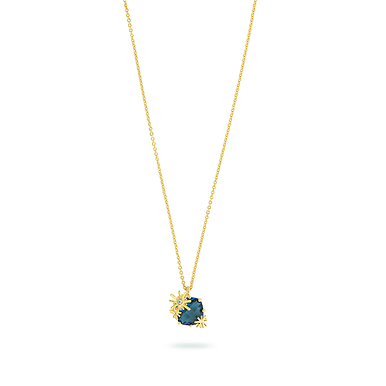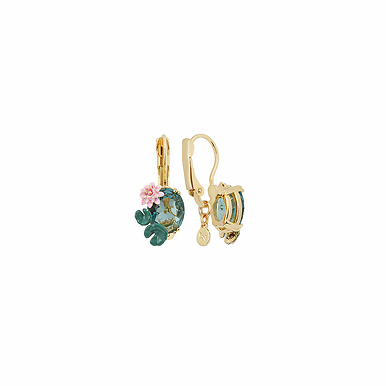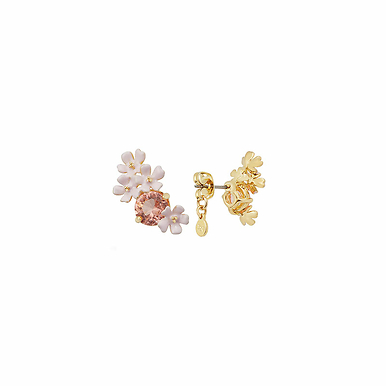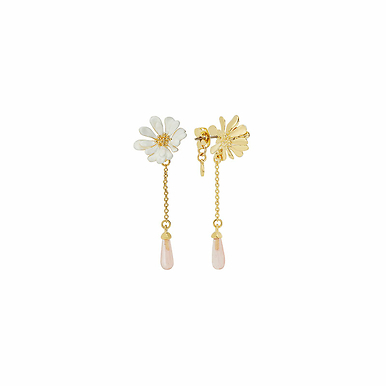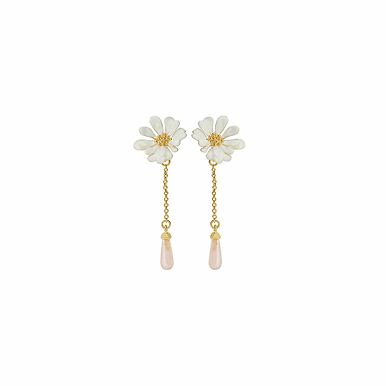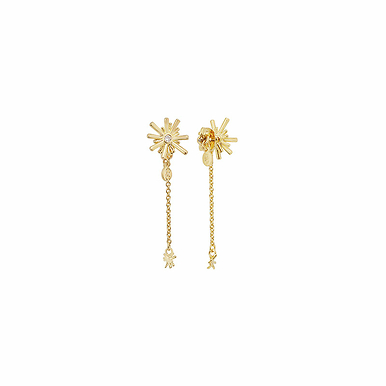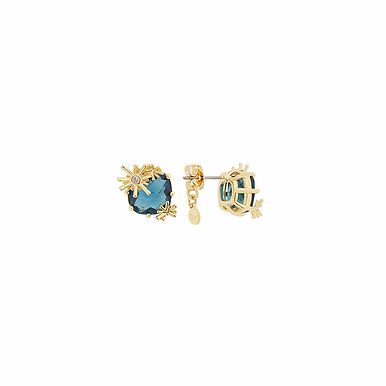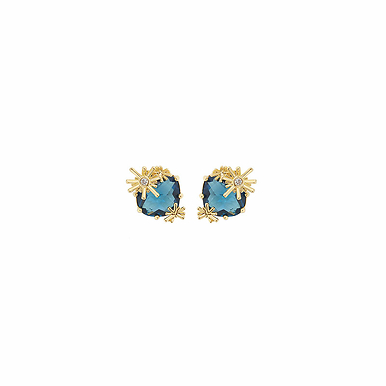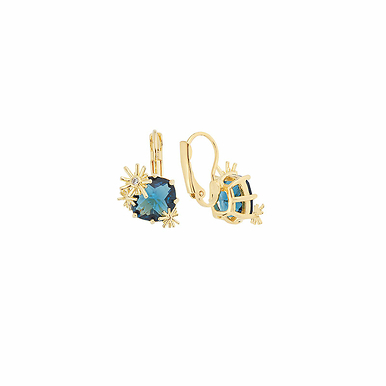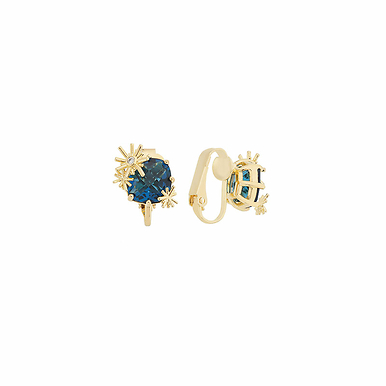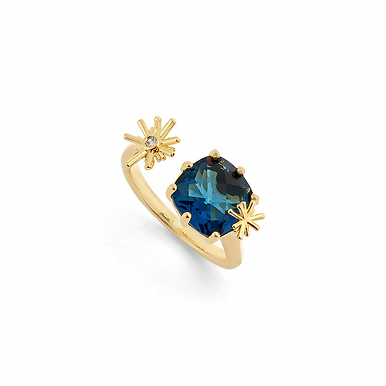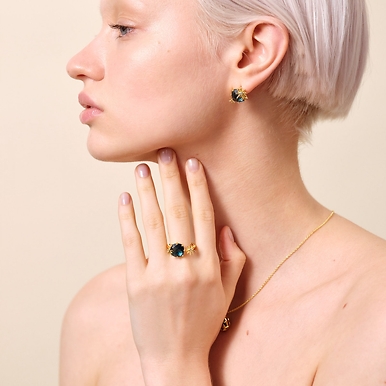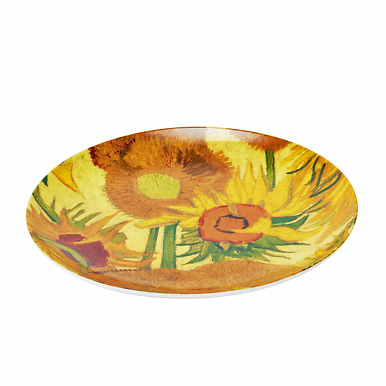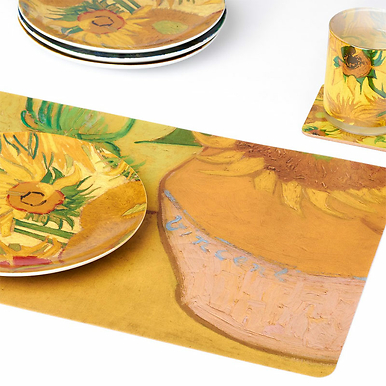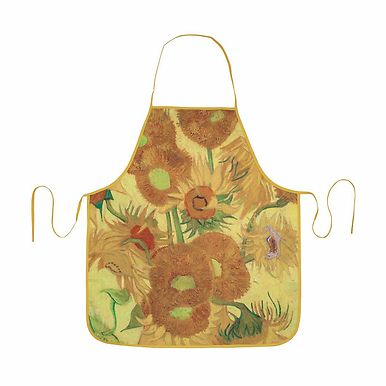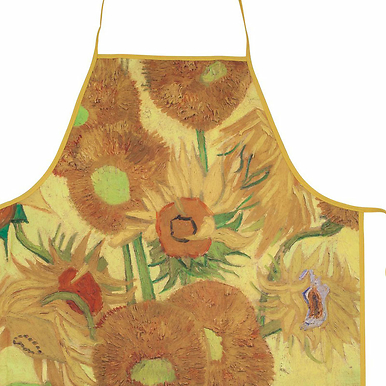Clip earrings Water lilies - Les Néréides X Musée d'Orsay
BW400542
This season, Les Néréides is unveiling an exclusive collaboration with the musée d'Orsay and the Rmn-GP. Three works by the Paris museum are featured on the jewellery.
An emblematic work by the famous Claude Monet, "Water Lilies" is harmoniously displayed on jewellery. With tones ranging from blues...
Read more
This season, Les Néréides is unveiling an exclusive collaboration with the musée d'Orsay and the Rmn-GP. Three works by the Paris museum are featured on the jewellery.
An emblematic work by the famous Claude Monet, "Water Lilies" is harmoniously displayed on jewellery. With tones ranging from blues to pinks, the jewellery is worn like a souvenir, capable of reviving the emotion felt during a walk in the painter's gardens at Giverny.
An achievement both monumental and intimate, Water Lilies are the ultimate expression of Claude Monet's artistic thought. A project on a large scale, exploring every variation of light on the water lily pond created by the artist in his garden at Giverny, this series of some 250 works represents a "waterscape" dotted with water lilies, branches of willows and the reflections of trees and clouds. According to Monet these views conjure up "the illusion of an endless all, of waters without a horizon and without a shore."
In 1899 Monet painted no fewer than 12 views of his Japanese bridge in a square format. A fervent admirer of the art of the Far East, he was doubtless inspired by the collection of Japanese prints that he kept on his walls in his home at Giverny. Each version of the Water Lilies is dominated by a specific harmony of colour, now green, now pink.
In this view of his Water Lily Pond, "harmony in pink", executed in 1900, the painter accentuates the impression of profusion created by the trees and the plants that hem in the pond, contradicting the symmetry of the 1899 compositions such as The Water Lily Pond, harmony in green. Luxuriant irises in the foreground of the composition slow down the progress of the gaze through the picture's space while the clumps of water lilies guide us, beyond the bridge and the willows, to the back of this exuberant landscape of verdure and water.
Water Lily Pond, "harmony in pink" by Claude Monet (1840-1926), Oil on canvas, 1900 - Musée d'Orsay, Paris
Not available for delivery in Australia, Hong Kong and Taiwan.
Close
Sold by GrandPalaisRmn
